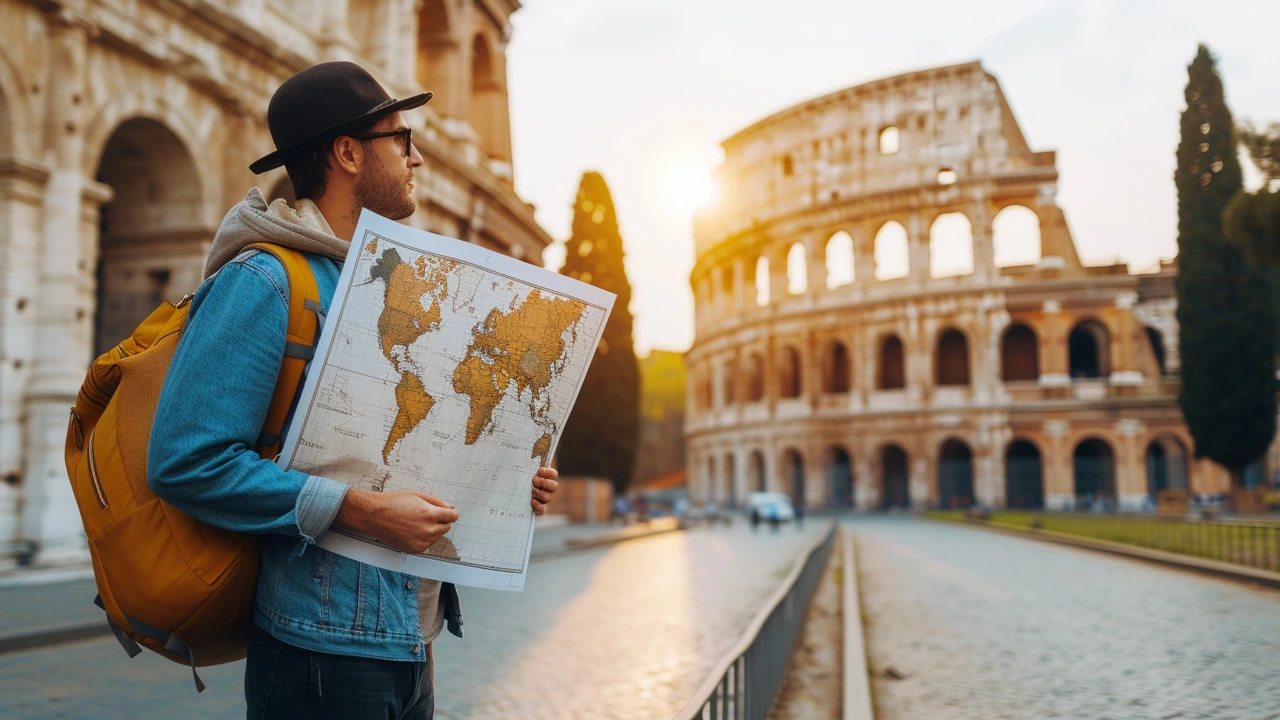As a passionate history and architecture enthusiast, I'm thrilled to introduce you to the engaging world of Ancient Roman architecture and its evolution. From the early structures to the sophisticated, intricate designs we see in the later periods, every step tells a story of influence, innovation, and insight. With this article, let's unfold the beauty of Roman architectural progression, understanding how society, politics, and cultural shifts shaped their iconic constructions. Join me as we journey through time, rediscovering our past through the lenses of Roman brick and stone.
Roman constructions: how they built things that still stand
Two thousand years later and you can still walk on Roman roads, stand under the Pantheon’s dome, or see an aqueduct carrying water. That’s not luck — it’s design. This page explains the smart, practical techniques Romans used, why those ideas lasted, and how to spot them when you travel.
Key techniques that made Roman constructions last
Roman engineers relied on a few reliable tricks. First, the arch. Arches spread weight outward so buildings could be bigger without collapsing. Next, concrete — Roman "opus caementicium" mixed volcanic ash with lime. It resisted cracks and even got stronger in seawater. Then vaults and domes: by linking arches you create long vaults or full domes like the Pantheon. Finally, careful foundations and drainage. Romans dug deep, layered materials, and always planned how water would flow away.
Those ideas combined. An aqueduct uses arches to span valleys, concrete to form channels, and precise slopes so water flows by gravity. Roads used layered bases — big stones, gravel, sand — so they didn’t rut in rain. Bridges used arches and well-placed piers. That mix of simple physics and repeatable methods is why their works survive.
Practical tips: spotting Roman features and why they matter
Want to recognize Roman construction on a trip? Look for semicircular arches, huge concrete walls, and regular paving stones on old roads. Aqueducts are long, raised channels supported by rows of arches. Amphitheaters and baths often use barrel vaults (a tunnel-like series of arches) and thick masonry walls. The Pantheon’s dome is smooth inside and has a round opening at the top — that’s the oculus.
Why care? Roman methods teach efficiency and durability. Modern engineers still copy their layered road design, use arch principles in bridges, and study Roman concrete to develop greener mixes. Preservation teams also use Roman lessons: control water, relieve pressure at weak points, and match original materials where possible.
If you want to learn more on site: bring a tape measure app and look at proportions (Roman rooms favor simple ratios), note construction joints (where repairs or different phases meet), and check drainage. Small details — leftover metal clamps, neat stone-cutting marks, or differences in mortar color — tell the building’s story.
Roman constructions are practical lessons, not just ruins. They show how careful choices—materials, shape, and water control—make structures last. Next time you see a stone arch, remember: it’s a simple trick with powerful results.

